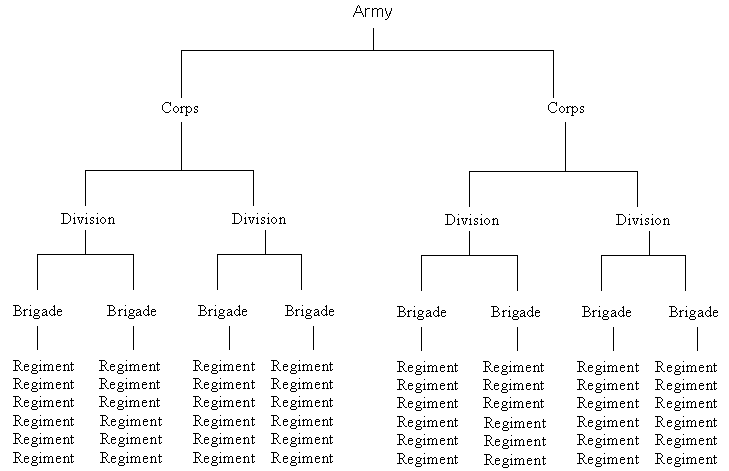What Makes an Army?Civil War battles are fought by armies made up of three branches: infantry, cavalry, and artillery. At the Battle of Kennesaw Mountain, General William T. Sherman's Union army had nearly 100,000 men. General Joseph E. Johnston had 65,000 in the Confederate Army. Today, American armies are designated by numbers. In the Civil War, armies were known by names. Union armies were usually named for major rivers. The Confederates named their armies for the states or regions in which they campaigned. 
Brigades, commanded by a brigadier general, were made up of five regiments. They averaged about 1,500-2,000 soldiers. Three or four brigades composed a division (6,000 to 8,000 soldiers) commanded by a major general. Southern units were known by the names of their Generals and were usually men from the same state. Numbers were used to designate the northern units. |
Last updated: February 12, 2025
